
The murder of a prominent nonbinary person in Mexico showed that most media in that country do not have protocols or tools to reflect the realities of this population in their stories. According to experts, beyond making good use of Spanish, journalism must reflect reality with precision, plurality and respect for human rights.
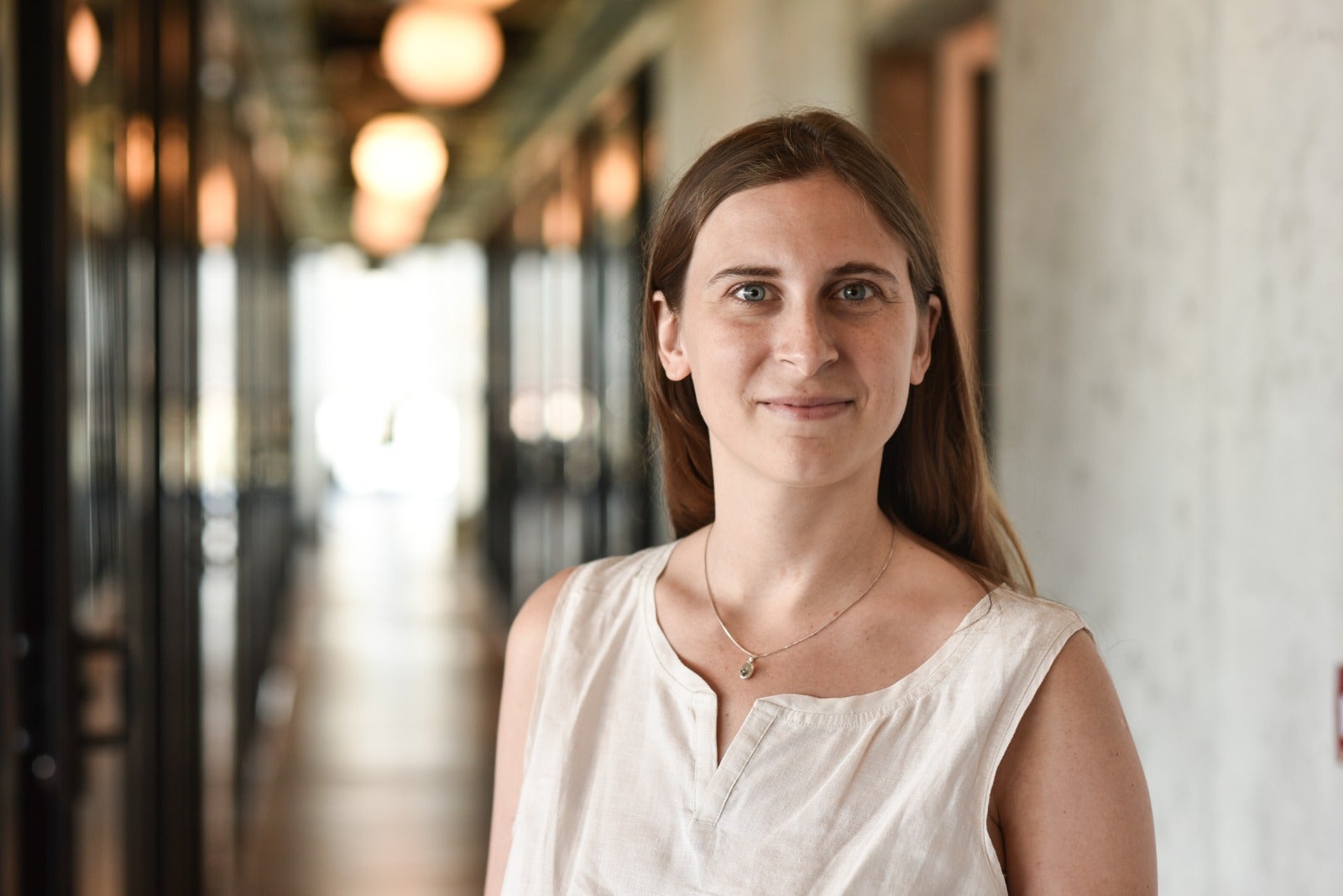
News outlet Otra Economía emerged in Argentina to shift perspectives on the current economic model, fostering dialogue on concepts such as triple impact, circular economy, entrepreneurship, and social innovation. It also offers a workshop for journalists to address social injustice and workplace discrimination.
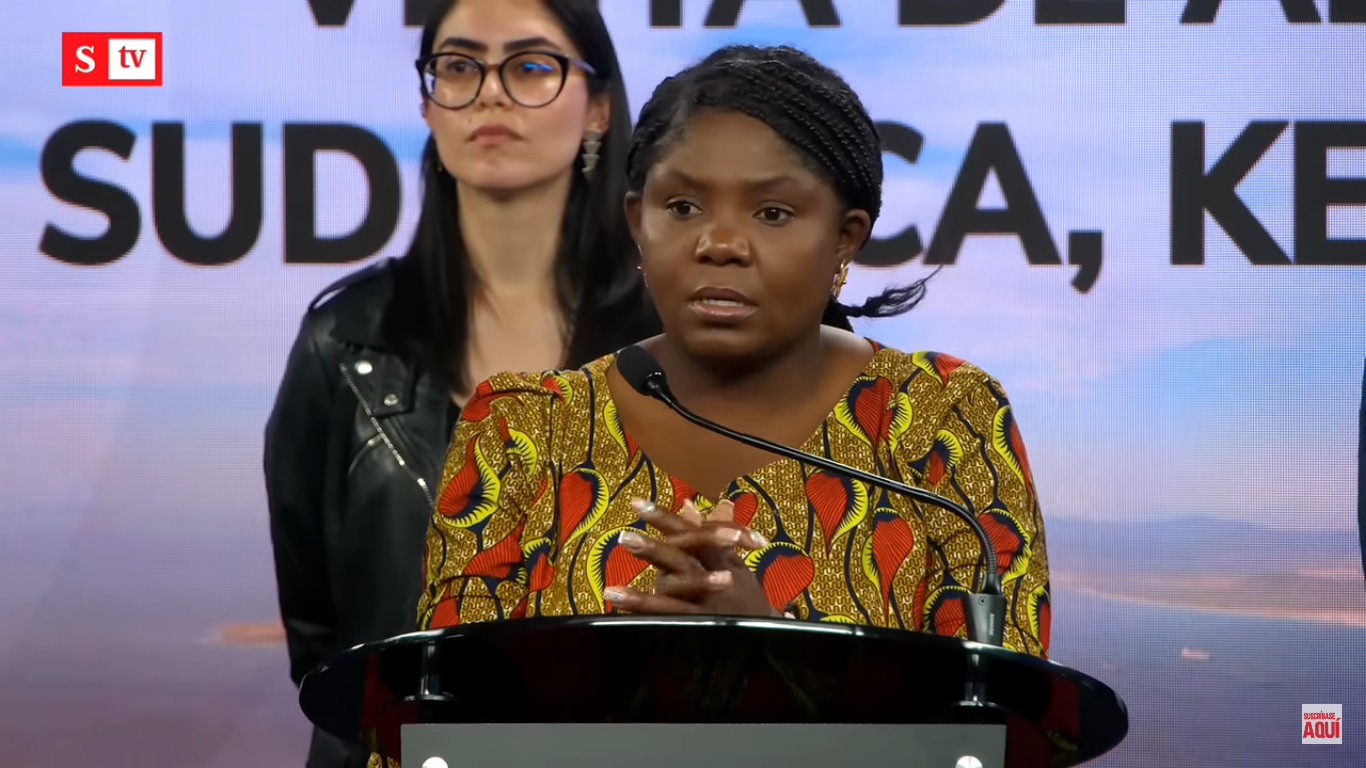
An Afro-Colombian journalist, Beatriz Valdés Correa, won the 2023 Gabo Award in the text category for an investigation on the situation of Afro-Colombian women victims of sexual violence in the context of the armed conflict. How does the Colombian media cover the facts about the Afro-Colombian population and its vice-president Francia Márquez?
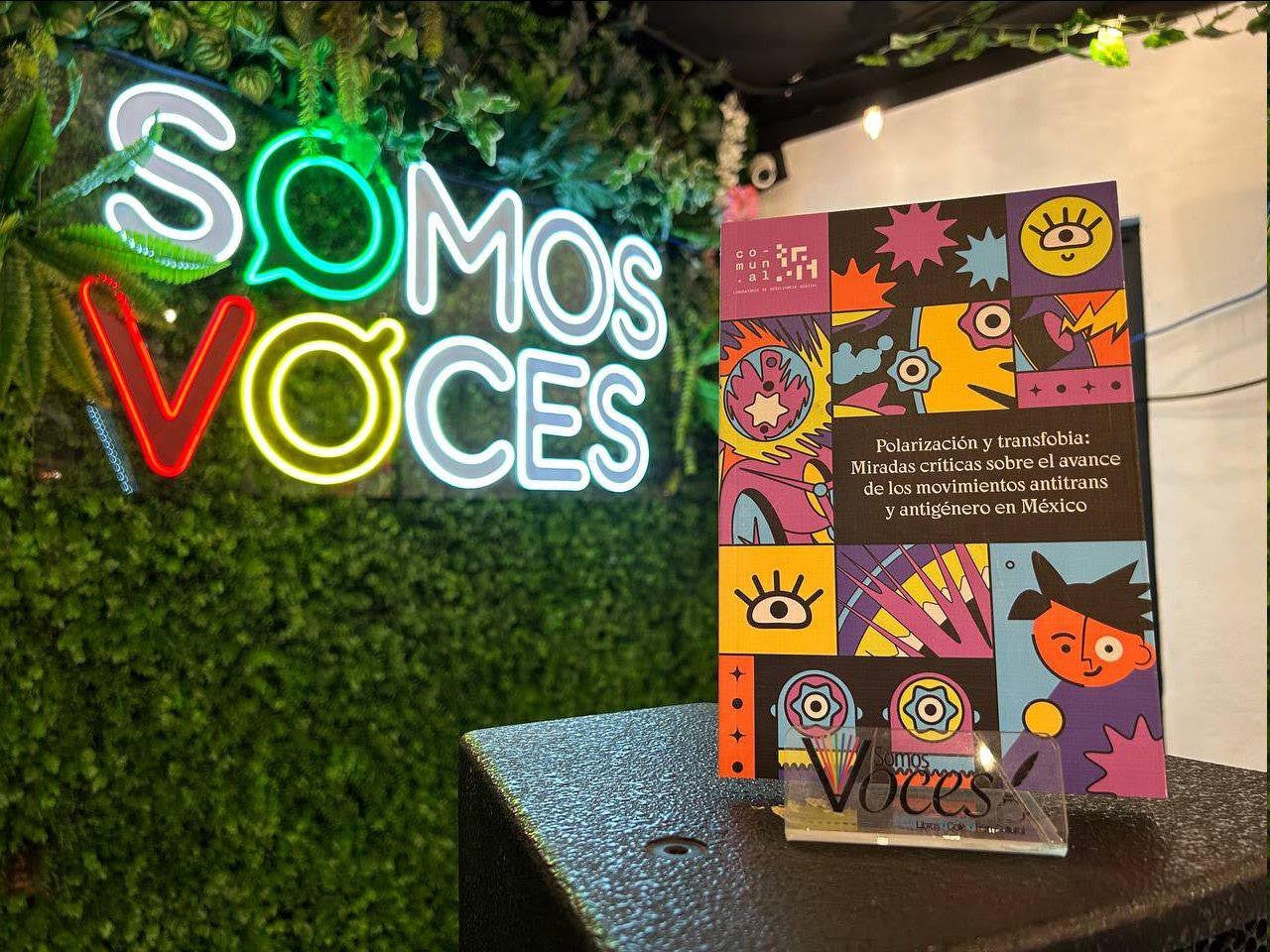
Despite recent gains in LGBTQ+ rights, hate narratives persist in Mexican media, according to an interdisciplinary report. The authors emphasize the need for inclusive newsrooms and authentic representation to combat transphobia, while telling stories of both ordinary people and those fighting for greater visibility and human rights.
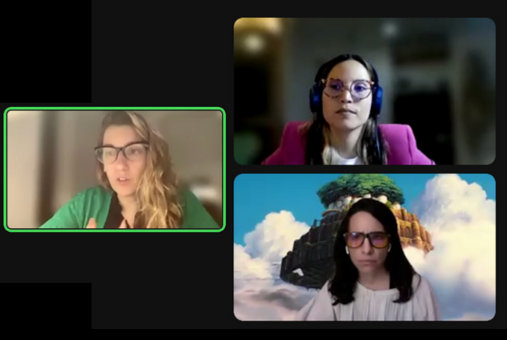
The third webinar of the second series organized by the Network for Diversity in Latin American Journalism offered ideas to improve coverage of gender-based violence without revictimizing or seeking approaches that can prevent it. Journalists Lydiette Carrión and Leila Mesyngier, moderated by Pilar Cuartas, offered best practices.
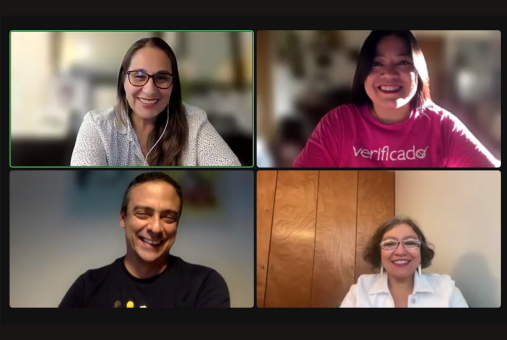
In the last of four webinars of the Network for Diversity in Latin American Journalism, panelists shared key points to show how journalism can counteract dangerous discourse that creates disinformation. Among these points were the role of algorithms in spreading such discourse, how to avoid stigma and editorial strategies focused on diversity.
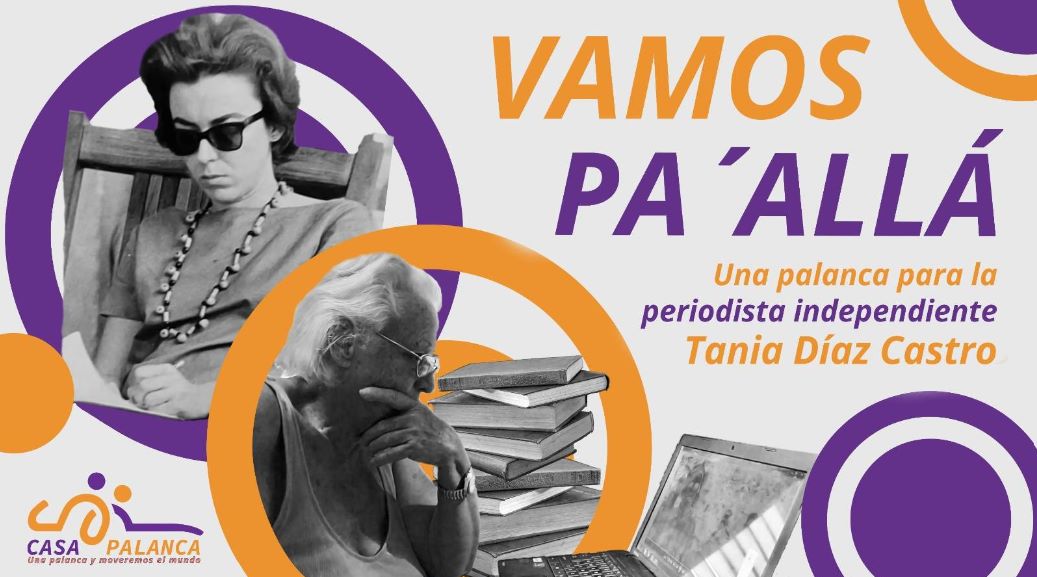
Cuban independent journalist Tania Díaz Castro dedicated 60 years to her profession, was a political prisoner, and published four books of poetry. Now 84 years old, she lives alone in Cuba without a pension or retirement. The Casa Palanca collective is carrying out a crowdsourcing campaign to obtain a dignified retirement for the journalist.

Ten months into his tenure as the executive editor of the New York Times, Joe Kahn emphasized the continuing importance of the staff’s geographical diversity and the organization’s digital transformation. One of The New York Times’s top priorities is to continue to find sustainable news models. So far, it’s on the right track.

Journalists Catalina Ruiz-Navarro, from Colombia, and Graciela Tiburcio Loayza, from Peru, share personal testimonies about judicial harassment they have been subjected to for years for practicing their profession. These are the consequences of making public allegations of abuse and sexual harassment against powerful men.
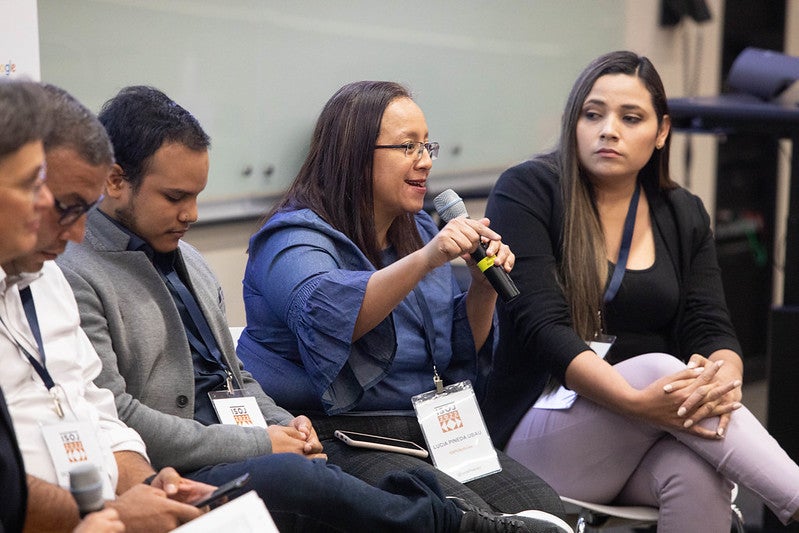
The 16th Ibero-American Colloquium on Digital Journalism will take place following the ISOJ on Sunday, April 16, 2023 from 9 a.m. to 2 p.m. (U.S. Central Time) at UT Austin. The colloquium, which is held in Spanish, is free, but registration is required. So sign up today to attend in person or virtually.